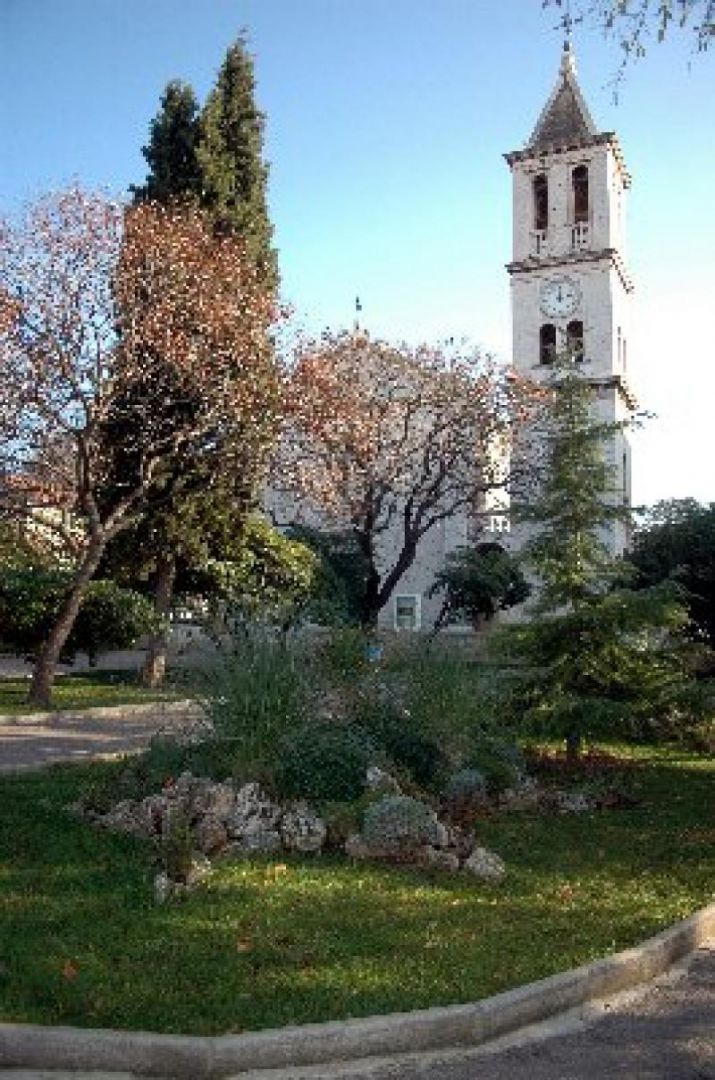Church of St. Francis
Church of St. Francis was built in the second half of the 14th century at the very south-eastern part of the historic city core. The church is a spacious Gothic building without architectural decorative elements. In the 15th century, on the northern side, the Holy Cross Chapel was added and the presbytery with its shrine was rearranged. The main entrance with a Gothic style stone frame can be found at the front of the church, and in the Holy Cross Chapel houses a church organ that was built in 1762 by the famous instrument maker Petar Nakić.
On the south side of the church there is a monastery where cultural-historical works of art were collected for centuries. In 2015, the Museum of St. Francis was opened in the monastery hiding a rich collection of valuable works of art. There is also "Šibenik Prayer", one of the oldest Croatian language and literary tributes, written in Latin script around 1375.







